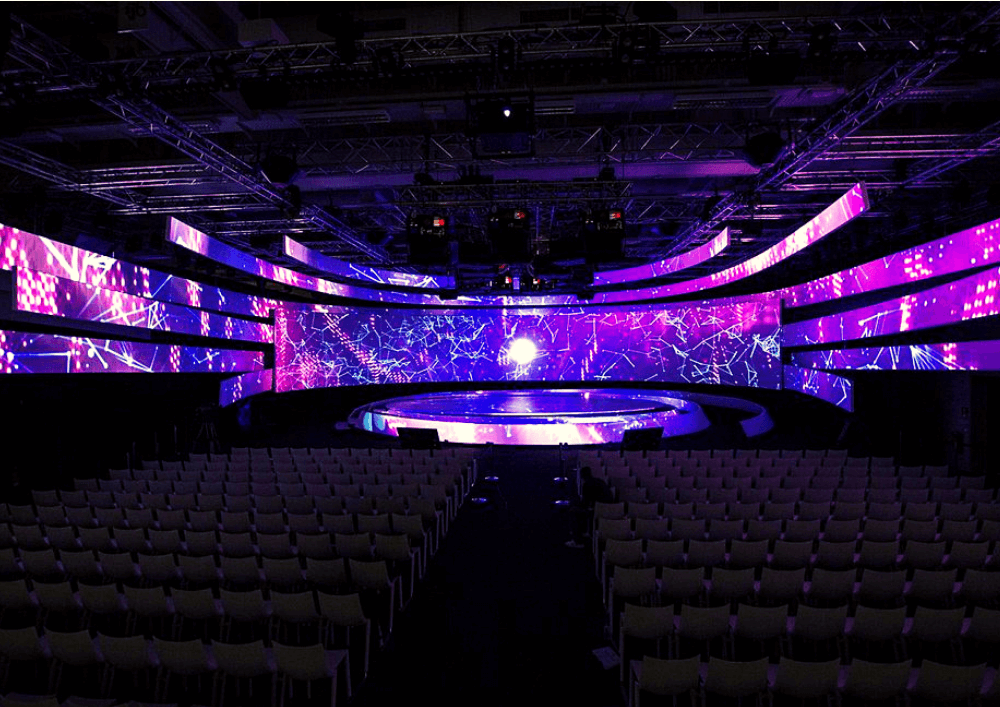Exploring the Diverse Integration Options Offered for LED Wall Modules
Exploring the Diverse Integration Options Offered for LED Wall Modules
Blog Article
Light Emitting Diode wall panels have secured traction for their capacity to deliver crisp visuals in various settings, from corporate environments to entertainment venues. One of the primary aspects of these systems is their connectivity options, which allow users to connect them to different devices and systems. Comprehending the diverse connectivity options available for LED wall panels is vital for enhancing their use and effectiveness. This article details these features, showcasing how they can cater to specific needs and preferences.
One common connection method for Light Emitting Diode wall panels is HDMI. HDMI is broadly recognized for transmitting crisp video and audio streams between components. This interface type is particularly useful in business settings, such as conference rooms or training rooms, where presentations or video content are often shared. By using HDMI cables, operators can easily link laptops, projectors, and streaming equipment to Light Emitting Diode wall panels, ensuring a sharp and vibrant presentation of media.
Another popular interface option is Display Port, which is comparable to HDMI but offers additional benefits. Display Port can support higher refresh rates and resolutions, making it an excellent choice for gaming or design-heavy applications. For those using Light Emitting Diode wall panels in settings where output quality is critical, such as competitive gaming venues or creative workspaces, DisplayPort can provide the necessary visual clarity. Additionally, many contemporary computers and graphics cards feature DisplayPort connections, making it a convenient solution for technology-oriented users.
In contrast to High-Definition Multimedia Interface and DisplayPort, wireless transmission options are becoming progressively common in Light Emitting Diode wall panel technology. Wireless connections allow operators to share content without the requirement for physical cables, enabling a cleaner and more flexible setup. Platforms such as wireless internet and short-range communication allow users to connect smartphones, tablets, and laptops directly to Luminescent Diode wall panels without tangled wires. This helpful site versatility is particularly advantageous in dynamic environments like exhibitions or live functions, where rapid changes to displays are often required.
For extensive deployments or more intricate setups, LAN integration through Ethernet is another viable option. Ethernet connections provide a stable and reliable way to integrate multiple Light Emitting Diode wall panels within a system. This setup is ideal for digital signage applications found in retail centers or transport hubs, where multiple panels may need to present coordinated content across a wide area. By using Ethernet cables and network switches, operators can ensure that all connected panels receive uniform data and content efficiently.
Finally, it's crucial to consider the evolution of interface technology with advancements such as Universal Serial Bus-C and Thunderbolt Three. These newer connection types offer increased data transfer speeds and versatility by allowing one cable to handle both power delivery and data transmission. As more devices incorporate these protocols, LED wall panels equipped with USB-C ports will likely become more common. This evolution in connectivity not only enhances the functionality of LED wall panels but also aligns with the growing trend of minimalism in hardware arrangements by Get More Information reducing the number of wires needed.
In conclusion, examining the broad interface methods accessible for Light Emitting Diode wall panels uncovers many opportunities for operators across multiple fields. From traditional methods like HDMI and DisplayPort to modern wireless solutions and LAN setups, each pathway serves specific functions tailored to distinct needs. Additionally, next-gen technologies like Universal Serial Bus-C offer further developments in how professionals utilize Luminescent Diode wall panels. By understanding these connectivity choices, individuals can make informed decisions that optimize their overall engagement with these multifunctional visual solutions.